In the Over-Hex, close to Worcester - of all the Cape areas, described as the region climatically closest to California - almost forty different varieties of stonefruit are grown on a 215-year old Boland farm called Oudewagendrift.
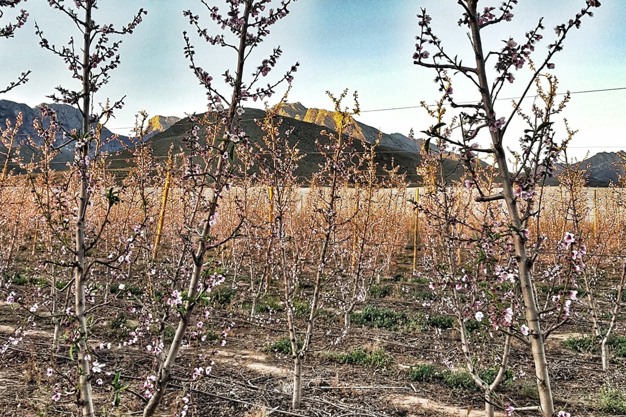
The district used to be dominated by wine grapes and dairy. The Fries cows are still there but the wine vineyards have since 1990 made way for stonefruit.
"Over the last five or six years we do only stonefruit," says farm manager Wilhelm Naudé, explaining that they receive only 200mm to 250mm of rain per year, mostly in winter, and when other stone-growing areas are still in the grip of the last of the Cape's winter cold fronts, Oudewagendrift's early stonefruit has a head start of a week to ten days.
"We get better eating quality on the early stonefruit here than in some of the other regions."
Seventy percent of the stonefruit orchards are nectarines and peaches; the first flat peaches for Tesco will be planted this year.
The early stonefruit started on 5 October, initially mainly nectarines and peaches for UK retail. The first plums start by the middle of December.
"We finish on 20 March, it's a long season," he says. "We want to harvest as long as we can."
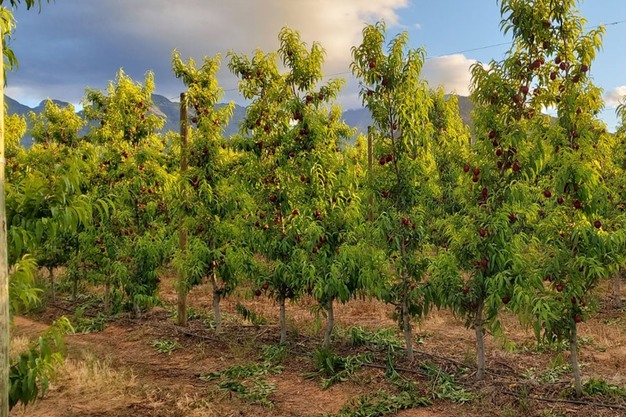
Peaches in high demand due to short supply
Naudé notes that they did more airfreight than usual due to delays at the harbour. In January they flew out plums, which they've never done before. They worry that transit times of 30 to 35 days will lose South Africa shelf space to Chile.
Most of the fruit have gone to Port Elizabeth and at a cost of R28,000 (1,370 euros) for a 20 pallet truck.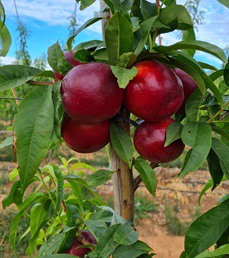 "The fruit pays for everything but you miss sales every day with shipping delays. There are now delays of 15 or 16 days and that's 15 or 16 days of sales gone - that's the problem."
"The fruit pays for everything but you miss sales every day with shipping delays. There are now delays of 15 or 16 days and that's 15 or 16 days of sales gone - that's the problem."
Stable retail programmes form the mainstay of their stonefruit campaign. Most exports are handled by United Exports, with the exception of certain cultivars like the Green Red plum (marketed by RuBisCO) which they are going to plant.
"Everyone is screaming for peaches because nectarines this year are a bit oversupplied because nectarines are 40% up on last year. Two years ago they said in the next three years nectarines would go up by 3 million cartons. We see it now on the market."
Locally where Oudewagendrift markets its own Stonefruit, white-fleshed nectarines are very popular, picked as ripe as possible, and the name of Oudewagendrift has over two decades became synonomous with good quality nectarines.
He expects South African consumers – especially parents packing school lunches – will develop a taste for plat peaches.
Niche plum varieties a necessity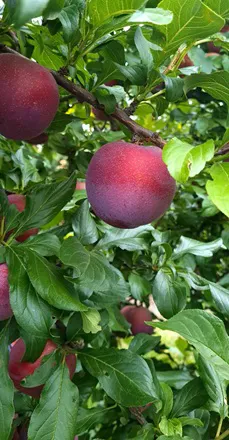 "Stonefruit varieties have changed a lot for the better in terms of shelf life and eating quality. There are a lot of new plum varieties," he says. "We do what we can to plant better varieties."
"Stonefruit varieties have changed a lot for the better in terms of shelf life and eating quality. There are a lot of new plum varieties," he says. "We do what we can to plant better varieties."
The tempo of stonefruit is also very fast, he remarks. Every action must be on time, and they have to remain au courant with new techniques such as trellising which has to do properly to avoid sunburn or colouration problems.
Stonefruit is highly labour-intensive: during harvesting a plum orchard is picked twice to four times.
Since they've started covering orchards with nets, packouts have improved by 30%, a game-changer to their nectarine marketing.
Nothing is established without being trialled on the farm first. Forty hectares of the farm Is rented to Dutoits to grow cherries.
Flavor King, the pluot (50% apricot, 50% plum), was first planted on their farm. Marks & Spencer takes 80, 90% of their Flavor King.
"It's a very good plum especially for UK supermarkets," he says. "The Green Red is now very popular, a very good variety. By next year we'll have 4ha of Green Red under nets."
He continues: "You must have some of the niche varieties because everybody planted the open varieties. And that's the problem with nectarines now: everybody planted nectarines."
Decades of compost applications pay off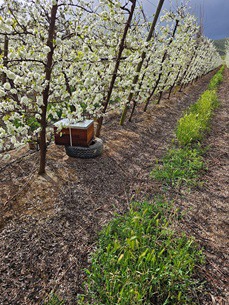 The dairy component supplies them with manure for compost, which they apply to the orchards at a rate of 40 cubic metres during winter, covered with chips.
The dairy component supplies them with manure for compost, which they apply to the orchards at a rate of 40 cubic metres during winter, covered with chips.
Right: bee hive in a plum orchard
"It has helped a lot: we've reduced irrigation by 25% to 30%. The nets also help to keep soil moist. With all that compost we use very little fertilizer. It's a big advantage and we've been doing that for more than 20 years."
Advancements in technology and genetics have enabled them to do an even better job of growing stonefruit.
Production will move towards even higher yields per hectare, he expects, continuing the trend of early season stonefruit yields bumped up from 15 or 18 tonnes to 25 tonnes per hectare, while crops as heavy as 50 tonnes per hectare can these days be expected from some of the new late-season varieties.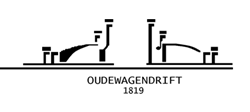 For more information:
For more information:
Wilhelm Naudé
Oudewagendrift Boerdery
Tel: +27 82 898 1446
Email: admin@oudewagendrift.co.za
